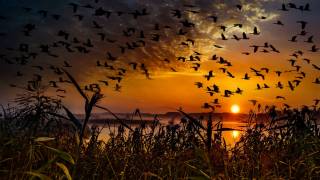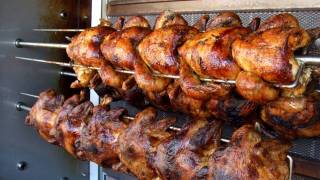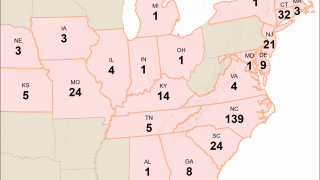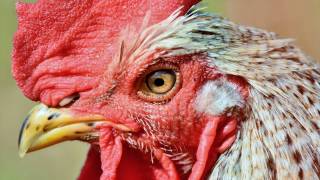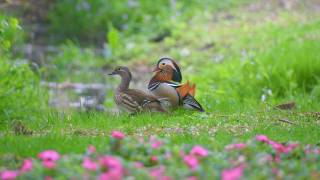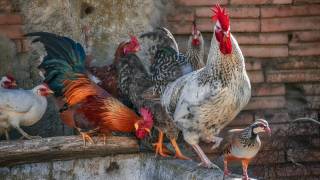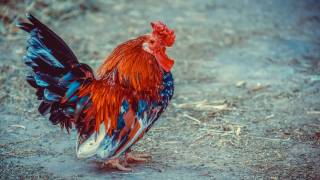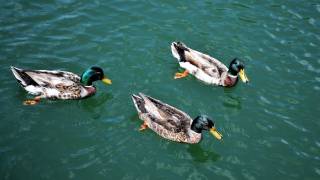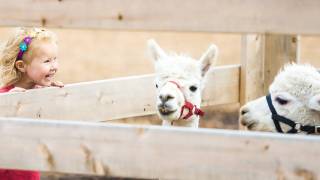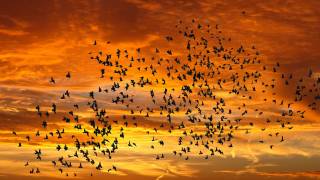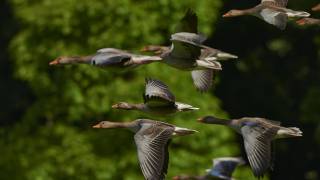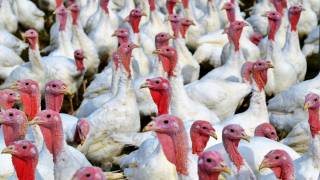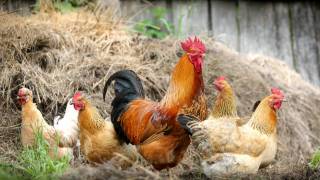Even Raptors Are Losing To Avian Influenza Attacks
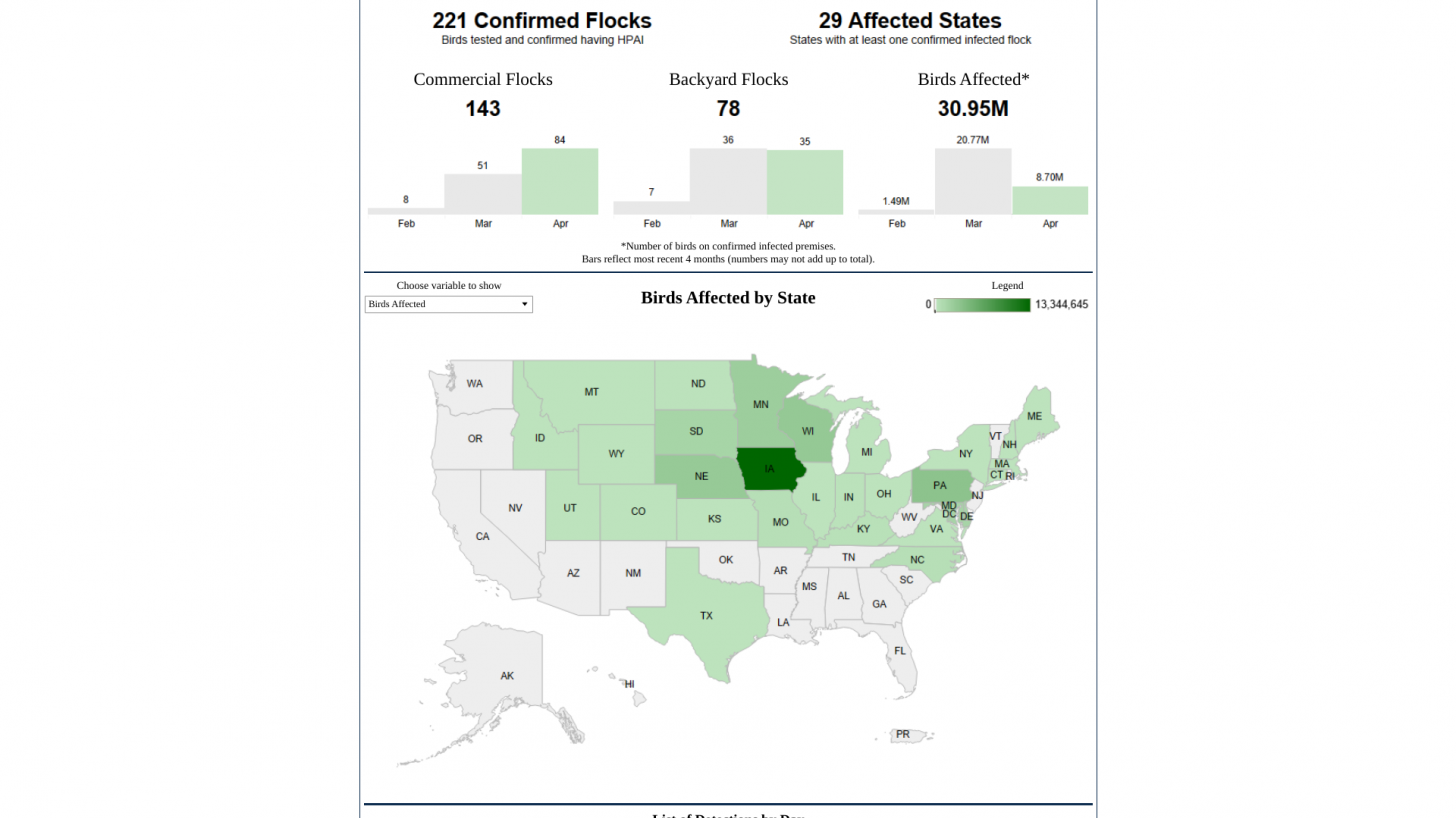
The United States is experiencing an unprecedented outbreak of highly pathogenic avian influenza (HPAI) in wild birds.
As of April 20, 2022, the US Department of Agriculture (USDA) Animal and Plant Health Inspection Service (APHIS) had confirmed HAPI outbreaks in 29 states, impacting about 31 million birds that may have been de-populated.
The University of Minnesota Raptor Center Director recently stated, ‘the 2022 outbreak is unique due to very high levels of HPAI circulating in wildlife.’
‘It is important to remember that all bird species are susceptible to HPAI,’ wrote Dr. Victoria Hall, DVM, MS, DACVPM, with the University of Minnesota Raptor Center.
The latest positive H5 avian influenza test results included raptors, which are “birds of prey,” including bald eagles, hawks, and owls.
As of April 18, 2022, the Raptor Center had sampled 90 raptors for HPAI.
Of these, 37 have tested positive for HPAI, including 16 Great Horned Owls, 13 Bald Eagles, 7 Red-Tailed Hawks, and 1 Barred Owl.
‘In wildlife, we know the most about how this virus works and presents in waterfowl, shorebirds, seabirds- as these are the groups of birds who are most likely to carry and shed the virus without showing signs of illness.’
‘We know some about how this virus impacts groups of birds like raptors, as these birds often get severely sick and rapidly die from the virus,’ added Dr. Hall.
Avian influenza viruses are classified as either “low pathogenic” or “highly pathogenic” based on their genetic features and the severity of the disease they cause in poultry.
Avian-origin influenza viruses are broadly categorized based on a combination of two groups of proteins on the surface of the influenza A virus: hemagglutinin or “H” proteins, of which there are 16 (H1-H16), and neuraminidase or “N” proteins, of which there are 9 (N1-N9).
Each combination is considered a different subtype, and related viruses within a subtype may be a lineage, says the USDA.
‘Unfortunately, we have a lot of gaps in knowledge about the role of songbirds in HPAI outbreaks. We have some data from previous outbreaks worldwide, but this outbreak is very different,” added Dr. Hall.
What about Hummingbirds!?
‘In the world of bird feeders, hummingbird feeders are not without risk,’ wrote Jen Cedarleaf, the Avian Director, Alaska Raptor Center.
‘In areas with HPAI transmission, consider pausing the use of bird feeders and baths for the next couple of months until the virus transmission rate in wild birds is reduced.’
‘However, hummingbirds have the lowest risk as they tend to have a much more limited group of birds visiting them,’ commented Cedarleaf.
The Alaska Raptor Center clarified there are 320 species of diurnal raptors (hawks, eagles, falcons, kites, harriers, and osprey) worldwide. In the U.S., there are 34 diurnal raptor species and 19 species of owls.
Fortunately, the movie highlighting the velociraptor has not been seen for many years!
From a human perspective, the U.S. CDC says the HPAI risk is ‘low.’ There have not been any human cases of AI viruses detected in the U.S.
According to the CDC, there is no evidence that people have gotten ‘bird flu' after eating properly cooked poultry products.
If bird flu begins passing between people, a vaccine is available to limit an avian influenza pandemic. The U.S. FDA previously authorized the AUDENZ monovalent vaccine for restricted use.
Additional avian influenza news is posted at PrecisionVaccinations.com/avian.
PrecisionVaccinations publishes fact-checked research-based news.
Our Trust Standards: Medical Advisory Committee


